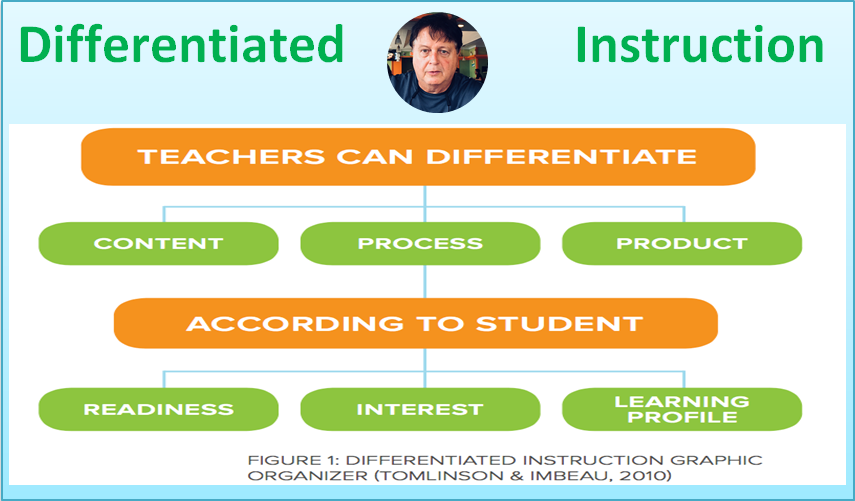Research Questions
(1) What role does differentiated instruction play on student’s academic outcomes?
(2) Are Understanding by Design and Differentiated Instruction mutually compatible or exclusive?
 Experimental Design
Experimental Design
Beset by lists of content standards and accompanying “High stakes” accountability tests, many educators sense that both teaching and learning have been redirected in ways that are potentially impoverishing for those who teach and those who learn. Understanding by design is a teaching model that acknowledges the centrality of standards but also demonstrates how meaning and understanding can both emanate from and frame content standards so that young people develop powers of the mind as well as accumulate an information base. Simultaneously, teachers find it increasingly difficult to ignore the diversity of learners who populate their classrooms. Culture, race, language, economics, gender, experience, motivation to achieve, disability, personal interests, , learning preferences, and presence or absence o f an adult support system are just some of the factors that students bring to school with them in almost stunning variety. Differentiated instruction offers a framework for addressing learner variance as a critical component of instructional planning. It is gratifying that a convergence of the two models seems useful for addressing two of the most greatest contemporary challenges for educators: (1) crafting powerful curriculum in a standards-dominated era and (2) ensuring academic success for the full spectrum of learners ( Tomlinson & McTighe, 2006).
Summary of Methods
Participants-= Out of a class of thirty-two students, three students have a significant learning disability affecting their reading and writing ability. Another four students have a very advanced knowledge and understanding of U. S. History, while several students have great difficulty staying on task some with identified learning problems and some who have no formal label attached to their learning disability.
Settings= A U.S. History Teacher, Mr. Axelt, and his U.S. History students are studying the relationship between rights and responsibilities of citizens under the U.S. Constitution. They are investigating the essential question, “How are rights and responsibilities under the constitution like and different form rights and responsibilities of members in other types of political groups.
Procedures= The teacher is making instructional plans that use different student groupings, and modes of student expression to ensure that each student will have fully supported opportunities to develop and extend the targeted understandings and skills.
Results
Effectiveness Data== By utilizing the following reports on school performance, this study manages to determine their effect on students academic achievement; school report cards, poor academic achievement, attendance ,socio economic status, school size, concentrated ethnicity, teacher certification and teacher turnover.
Efficiency Data== the findings of the study indicated that six of the ten facility conditions are statistically and positively associated with the delivery of instruction.
Social Validity== this research supports the notion that educational facilities do matter and they affect the delivery of instruction.
Commentary
That the two models, Differentiated Instruction and Understanding by Design, stem from the current best understandings of teaching and learning and that they are not only compatible but complementary becomes more evident as the two models interface with each other. Simply put, quality classrooms evolve around powerful knowledge that works for each student. That is, they require quality curriculum and quality instruction. In tandem U b D , Understanding by Design, and D I, Differentiated Instruction, provide structures, tools, and guidance for developing curriculum and instruction based on our best understanding of teaching and learning (Tomlinson & McTighe, 2006).
References
Tomlinson C., McTighe J. ( 2006) Integrating Differentiated Instruction and Understanding by Design, Association for Supervision and Curriculum Development.
Source: by Dr. Christopher D. Chandler | Dean: School of Education of Genesis University
